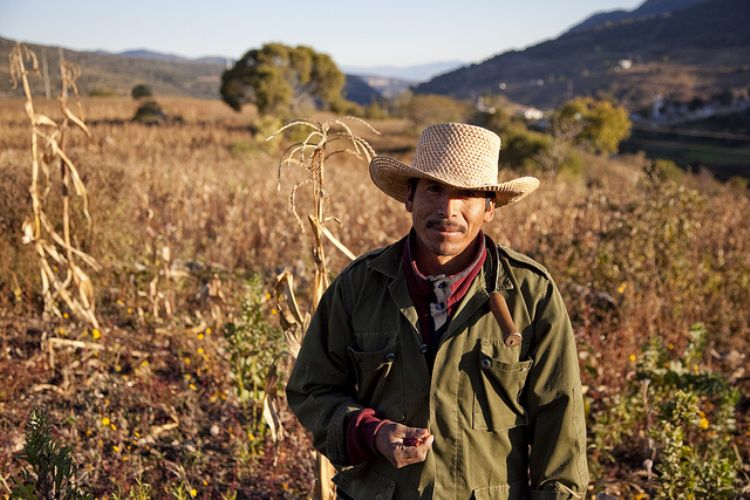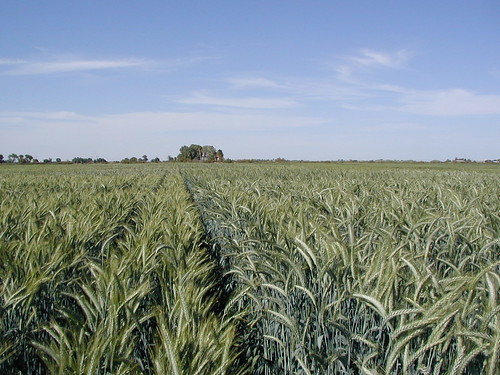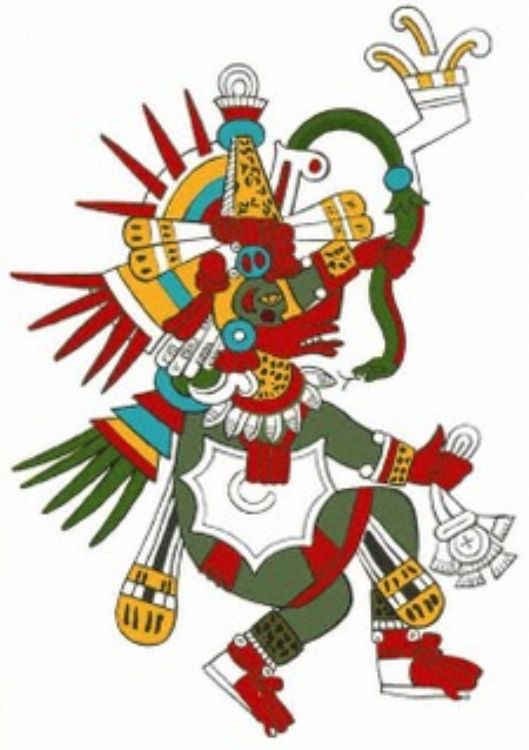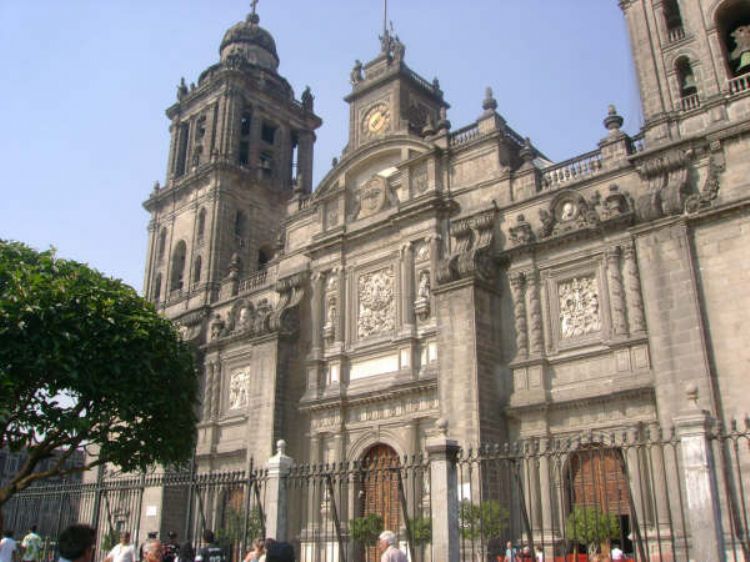Agriculture in Mexico

Even though agriculture in Mexico occupies a minor role in the gross domestic product (less than 4%) and the overall revenue of the countryâs income, it still remains one of the main activities in Mexico employing approximately 10% of the population, for the obvious reason that food production is critical for any nation. The 10 products produced in the Mexican farmland are: Sugarcane, corn, banana, sorghum, orange, wheat, tomato, lemon, green chile and potatoes. The cultivable area in Mexico is broad, since according to data from the world bank, about 13% of the land has been used for agriculture.
Economically speaking, there are only two types of agriculture in Mexico: The one for living, and the one of large plantations. The first one has to do with small producers who use the field as a primary source of income and to supplement their own food. These farmers usually do not have the technology (tractors, modified seeds, irrigation systems or others) to do their job. This way being the farmer his own employer, he has no wage labor, but perhaps only during the strongest periods, such as the periods of planting and harvesting, since most of the time is his family who supports him.
In the agriculture carried out by large plantations, the main goal is trade. In this area they do use high technology and workmanship to do the job and much of this production is exported to international markets. The main products these companies handle are: Wheat, watermelon, pickles, lime, cucumber, avocado, onion, white corn, mango, chile, asparagus, broccoli, bananas, oranges, cauliflower, cotton and coffee.
Most of these companies are located in what they call âMexicoâs Barnâ (honorable title given to the state of Sinaloa) since the magnificence of its farms has made it famous. Thus, the federal government and other states have taken it as a model in terms of agricultural production, since many producers use state-of-the-art equipment. However, there are several factors that make this difficult:

Photo: CIMMYT
Problems of the Land
The Mexican farmland is currently facing several challenges to continue its optimum production. Some of these problems are:
-Climate and its consequences. In recent years based on the change in temperature of the planet, and due to the increased number of natural disasters (from droughts, to floods and hurricanes) much of the production has been lost in certain seasons, and the Federal Government has had to provide subsidies and / or support producers to continue working. An example of this, is when in 2010 more than 240,000 tons of food was lost because of frost in some places and droughts in others.
-The high contrast between the states of the North and South side of the country at an industrial level: While the southern states of our country are more humid and suitable for planting certain crops and therefore for a higher production, the northern states have more purchasing power for machinery as well as better farming techniques.
-Deforestation: It occurs as a consequence of a wrong approach while increasing the cultivable area, since if the forests in the area are gone, the area becomes easy prey to erosion by wind and water, ruining the land for both agriculture and ecosystems. It is reckoned that more than 400,000 acres are deforested every year for this reason.
-Corruption: The "Great Plague" in Mexico, affects many sectors and areas of the country, but in the case of agriculture specifically, it has affected the distribution of resources of various social programs meant to support the field. Examples of this are "ProÁrbol" and "Procampo" that even though they have brought many benefits to the farmland, their corruption scandals and poor distribution of resources, have caused them to earn a very bad reputation amongst farmers and public in general.
-Introduction of genetically modified species: This is a serious problem that recently arose in many North American plantations where they use genetically altered seeds to produce other species resistant to drought and pests. Almost everything is used to produce biofuels, so itâs not suitable for human consumption nor its good for the type of soil in Mexico, as it affects it negatively on the long run. However, and despite the government denying it and the prohibition to use this method of farming, it is known that some farmers still do use these special seeds.
Article produced by the Editorial Team of "Explorando Mexico".
Copyright Explorando México, All rights reserved.
Photo: Laura Elizabeth Pohl






